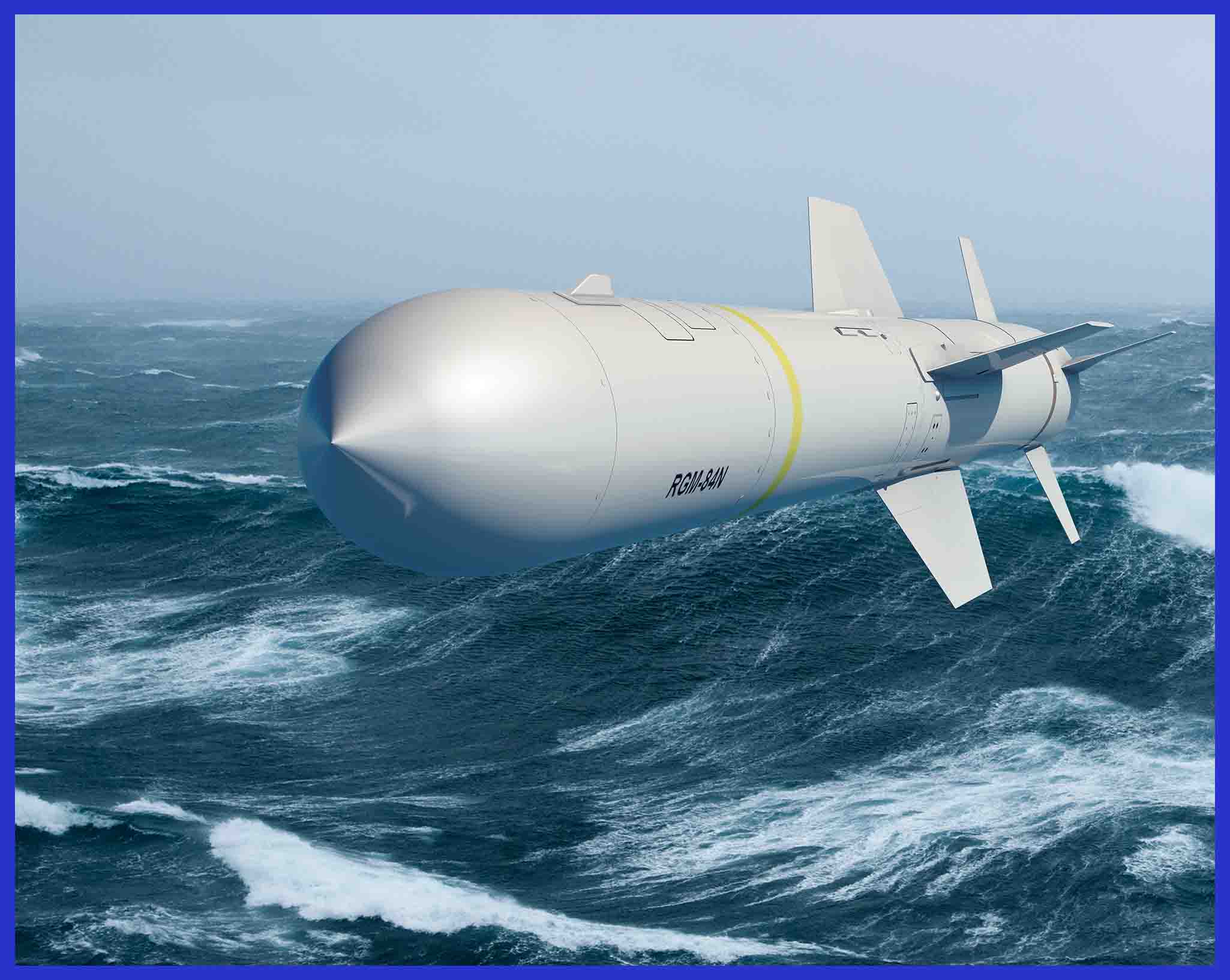
The Harpoon missile typically features a turbojet engine for sustained high-speed flight, enabling it to strike targets at distances exceeding 67 nautical miles (124 kilometres). It can be launched from various platforms, including ships, submarines, and aircraft, making it adaptable to a wide range of operational scenarios. Equipped with a sea-skimming capability, it can fly at low altitudes to evade radar detection, making it challenging for adversaries to intercept.
With its powerful warhead and advanced targeting systems, the Harpoon is capable of delivering devastating blows to naval vessels, making it a formidable asset for naval forces worldwide. Its continued upgrades ensure its relevance in modern naval warfare as of 2023 and beyond.
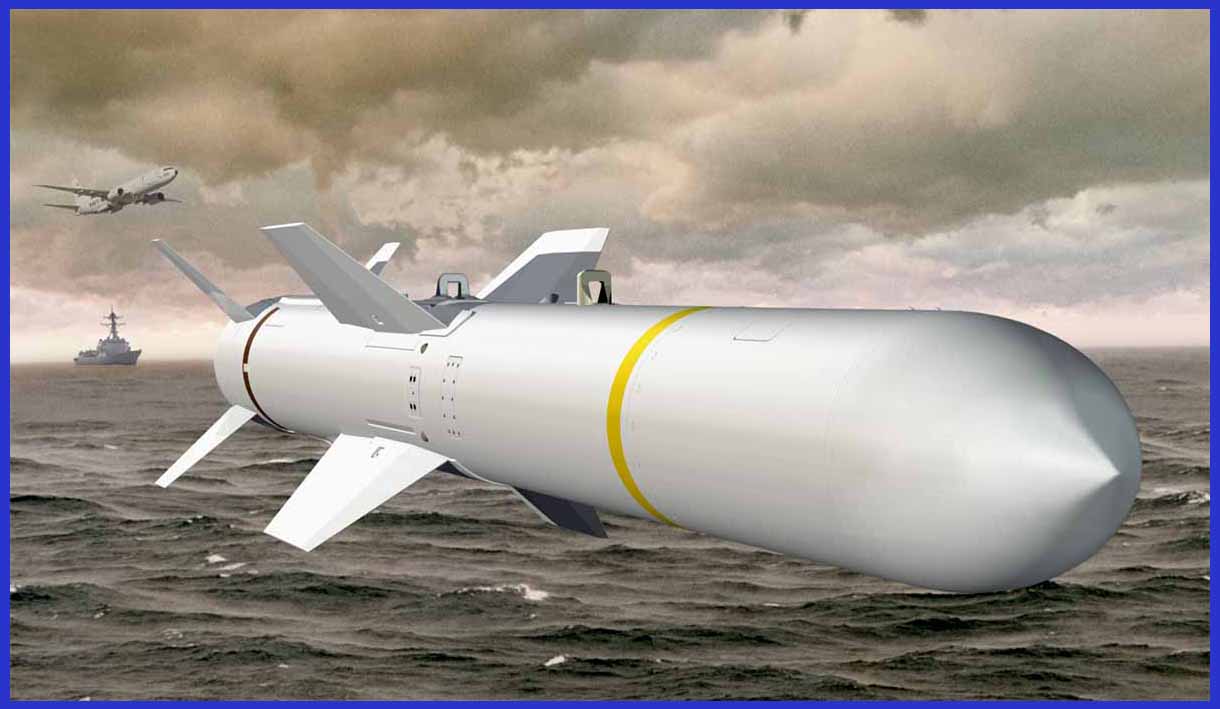
Launching Options for the Harpoon Missile
AGM-84: From Fixed-wing aircraft, the missile can be launched.
RGM-84: Missiles are deployable from surface ships and coastal defence batteries. These missiles are equipped with a solid-fuel rocket booster that detaches upon expending its fuel, allowing the missile’s primary turbojet engine to sustain flight.
UGM-84: Missiles are designed for submarines and feature a solid-fuel rocket booster. They are encapsulated within a container, allowing for submerged launches through a torpedo tube
According to Boeing’s official website, they have been involved in the construction and enhancement of the Harpoon missile for over four decades. Currently, Harpoon Block II missiles find utility among 30 international allies. This armament is employed across a vast fleet, including over 600 ships, 180 submarines, 12 distinct types of aircraft, and land-based launch vehicles, all equipped to carry Harpoon missiles.
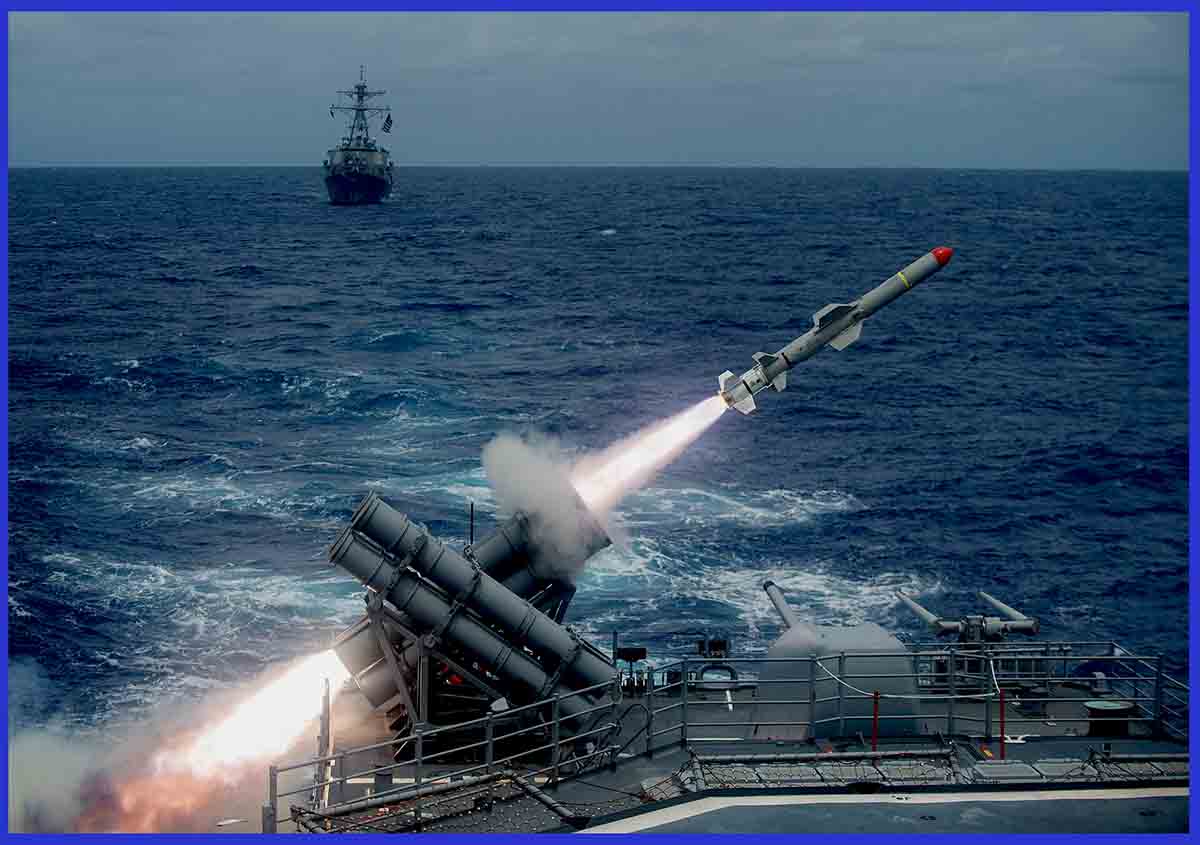
Exploring the Development Journey and Variants of the Harpoon Missile System
The development of the Harpoon Anti-Ship Missile has been a fascinating journey marked by continuous advancements in technology and capability. With each passing decade, technological improvements and state-of-the-art updates have become essential to ensure effectiveness in challenging scenarios and to outperform opponents.
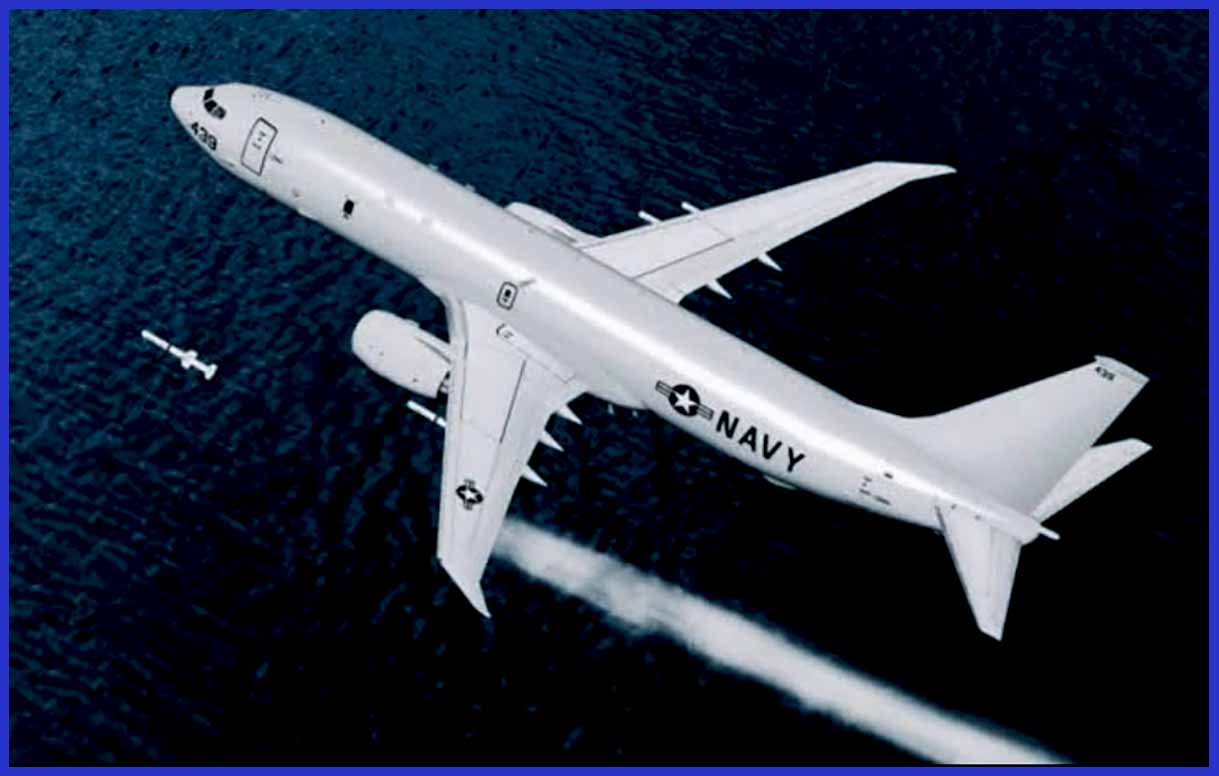
Origins and Early Development (1960 era)
The Harpoon program commenced in the late 1960s when the U.S. Navy initiated a quest for a contemporary anti-ship missile. McDonnell Douglas, now a part of Boeing, secured the contract to develop this missile. By 1965, the United States Navy had initiated studies for a missile with a range of 50 kilometres, specifically designed for use against surfaced submarines. The project was christened ‘Harpoon.’ The motivation to create such a missile system stemmed from an incident during the War of Attrition, wherein the Israeli destroyer Eilat was sunk on October 21, 1967, in international waters off Port Said in the Sinai, Egypt. This tragic event was attributed to three Soviet-made Styx missiles launched by Egyptian missile boats.
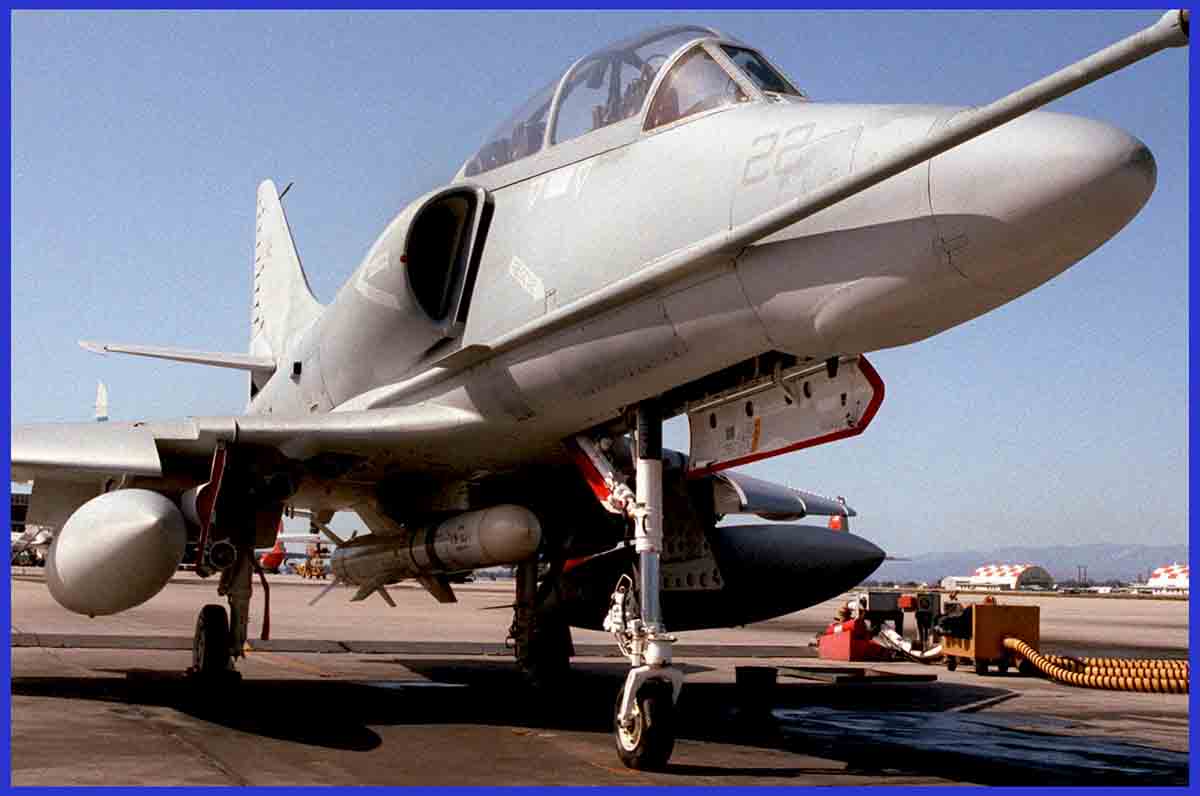
In 1970, the Chief of Naval Operations expedited the development of the Harpoon missile as part of his ‘Project Sixty’ initiative. Subsequently, the inaugural Harpoon missile was delivered in 1977. As of 2023, over 7,500 Harpoons have been manufactured, serving both the United States and numerous foreign customers.
Development for the Fixed-wing aircraft: From its inception, the Harpoon missile system was designed to be compatible with a variety of military aircraft. It has been successfully integrated into the armament of aircraft such as the P-3 Orion, the P-8 Poseidon, the AV-8B Harrier II, the F/A-18 Hornet, the Sepecat Jaguar, and the U.S. Air Force B-52H bombers. This versatile missile system has garnered interest and adoption from multiple nations, including India, Australia, Japan, Singapore, South Korea, Taiwan, the United Arab Emirates, and most member countries of NATO.

Surface Ships: This has been the primary launch platform for the Harpoon missile since its inception. Alongside the U.S. Navy, navies worldwide have integrated the missile system into various types of surface vessels, including frigates, destroyers, and coastal patrol boats. This integration process has entailed the development of compatible launch systems and the incorporation of necessary fire control systems for targeting and launching the missile.
The Royal Canadian Navy equips its Halifax-class frigates with Harpoon Block II missiles. The Pakistani Navy deploys the Harpoon missile on its frigates and P-3C Orions. The Turkish Navy incorporates Harpoons on surface warships and Type 209 submarines, while the Royal Australian Navy deploys Harpoons on its major surface combatants. The Taiwan Navy, which operates four guided-missile destroyers and eight guided-missile frigates capable of carrying Harpoons, includes eight former U.S. Navy Knox-class frigates and four former USN Kidd-class destroyers sold to Taiwan.
Over time, surface ships have witnessed improvements in missile launch technology, enabling faster and more precise firing of Harpoon missiles. The Harpoon Block II ER version, with its extended range, has provided surface ships with increased operational flexibility, allowing them to engage targets at greater distances.

Submarines: Submarines have also been equipped with Harpoon missiles, enabling them to engage surface targets while submerged. Submarine-launched Harpoons typically require specialized launch systems and underwater launch techniques. The Royal Australian Navy deploys Harpoons on Collins-class submarines. The U.S. Navy reintroduced the capability to Los Angeles-class submarines by incorporating UGM-84 Harpoon missiles. In January 2021, a $10 million contract was awarded to Boeing to deliver the missiles by the end of the year. The integration of the Harpoon system into submarines represents a significant development, enhancing a submarine’s capabilities in both littoral and open-ocean environments.
Coastal Defence Batteries: Based on the Transporter Erector Launcher (TEL), these are stationary launch sites established on coastlines or islands to protect key maritime areas. These batteries can be equipped with Harpoon missiles and associated radar and fire control systems, making them a formidable deterrent against enemy naval forces. Coastal defence batteries are designed to engage hostile surface vessels at significant ranges, safeguarding territorial waters and critical chokepoints.
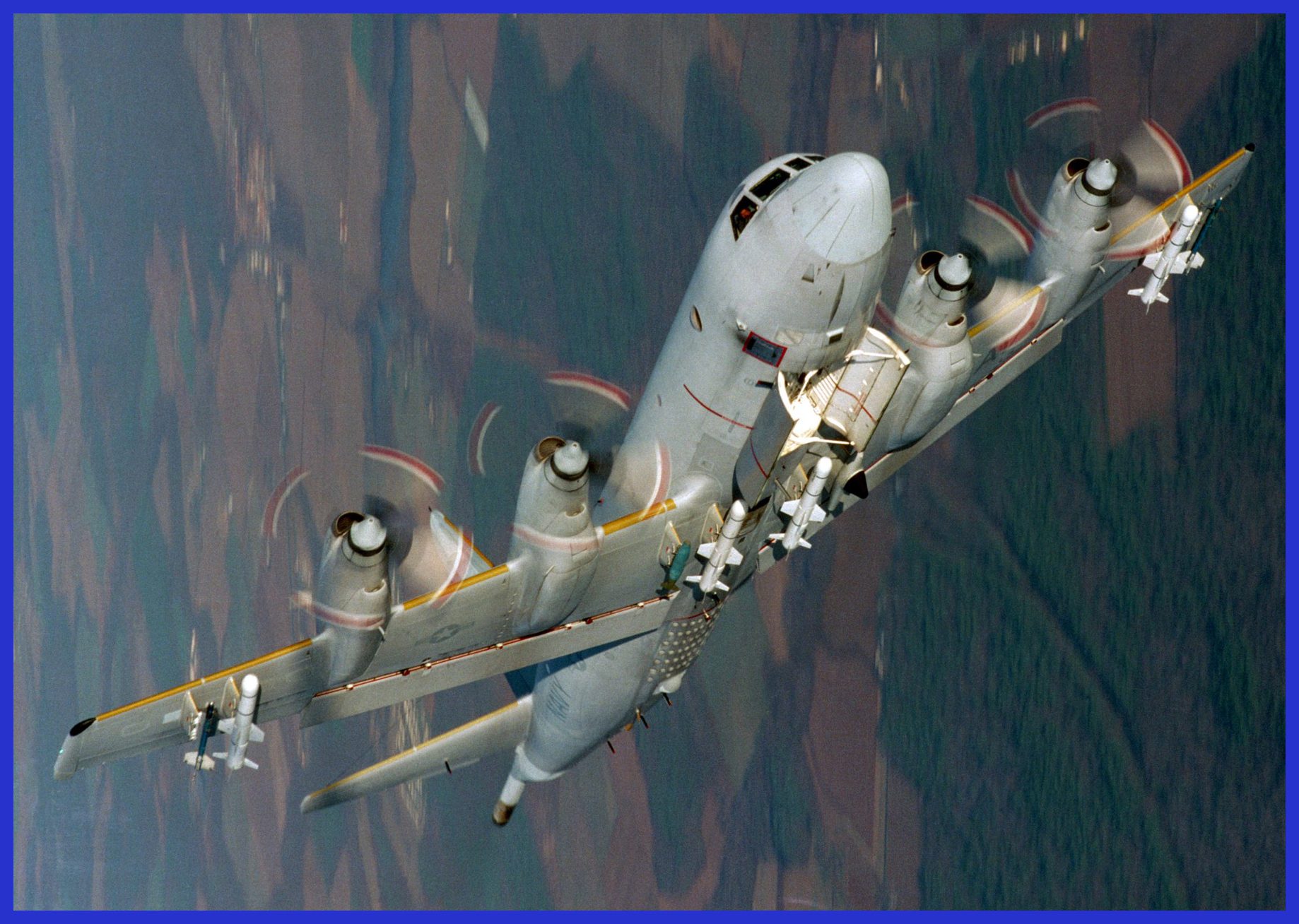
Variants of the Harpoon Missile
- Harpoon Block 1: The first production version, the Harpoon Block I, entered service in 1977. It featured a sea-skimming profile to evade enemy radar and a 488-pound (221 kg) warhead.
- Harpoon Block II: In production at Boeing facilities located in Saint Charles, Missouri, is the Harpoon Block II missile system. This upgraded version aims to provide an extended engagement capability, increased resilience against electronic countermeasures, and improved targeting. Initially designed primarily for open-ocean warfare, the Harpoon Block II incorporates several significant enhancements.
These enhancements include the integration of the inertial measurement unit derived from the Joint Direct Attack Munition (JDAM) program, as well as the software, computer systems, Global Positioning System (GPS)/inertial navigation system, and GPS antenna/receiver from the SLAM Expanded Response (SLAM-ER), which represents an upgrade to the Standoff Land Attack Missile (SLAM).
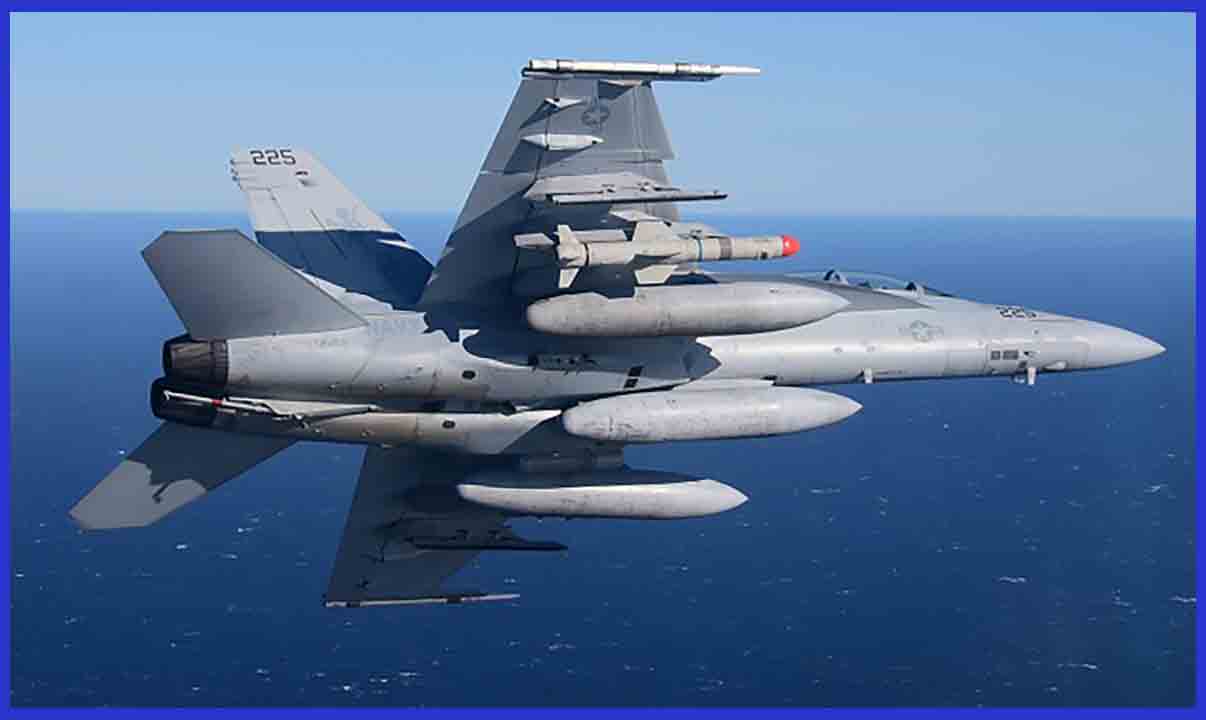
In July 2011, the U.S. Navy awarded Boeing a $120 million contract for the production of approximately 60 Block II Harpoon missiles. This contract included missiles destined for the armed forces of six foreign nations. Among these nations, India acquired 24 Harpoon Block II missiles as part of a $170 million deal through the Foreign Military Sales system.
Additionally, India expressed interest in procuring 21 more AGM-84L Harpoon Block II Missiles, along with associated equipment, parts, and logistical support, making the complete package worth approximately $200 million. The Indian government plans to deploy these missiles on its Indian Navy P-8I Neptune maritime patrol aircraft and is also considering an upgrade for its fleet of four Shishumar-class submarines, incorporating tube-launched Harpoon missiles.
In early 2018, the U.S. State Department granted approval for the sale of Harpoon Block II missiles to the Mexican Navy. These missiles will be deployed on their future Sigma-class design frigates, with the first of these frigates under construction by Damen Schelde Naval Shipbuilding.
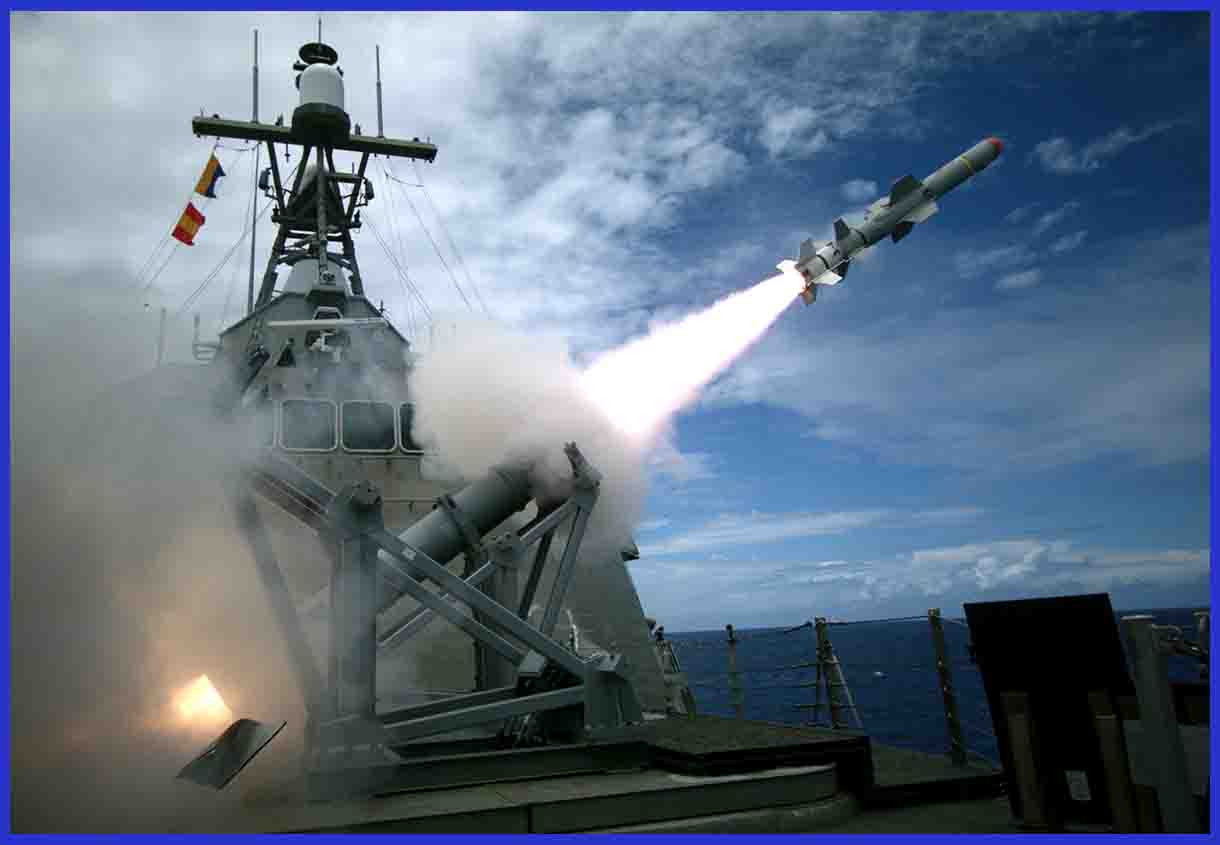
- Harpoon Block II+: In 2015, the U.S. Navy conducted a test of the AGM-84N Harpoon Block II+ missile against a moving ship target. The Block II+ variant includes enhancements such as an improved GPS guidance kit and a data link that enables the missile to receive in-flight targeting updates through network connectivity. The introduction of the Block II+ version occurred in 2017 for the F/A-18E/F aircraft and was followed by its integration into the P-8A in 2019.
- Harpoon Block II+ ER (Extended Range): In April 2015, Boeing introduced a modified iteration of the RGM-84 missile, branding it the Harpoon Next Generation. This upgraded variant notably extends the range of the ship-launched Harpoon missile, stretching it from Block II’s 70 nautical miles (130 km) to 167.5 nautical miles (310.2 km). Additionally, it incorporates a lighter 300 lb (140 kg) warhead and a more fuel-efficient engine equipped with electronic fuel controls.
Boeing put forward the Next Generation Harpoon as an economically viable option for upgrading the U.S. Navy’s Littoral Combat Ship frigate program, enhancing its over-the-horizon anti-ship missile capabilities. The complete Next Generation Harpoon missiles would be priced at approximately $1.2 million each, equivalent to the cost of a Block II missile, with upgrades for existing missiles available at half that price.
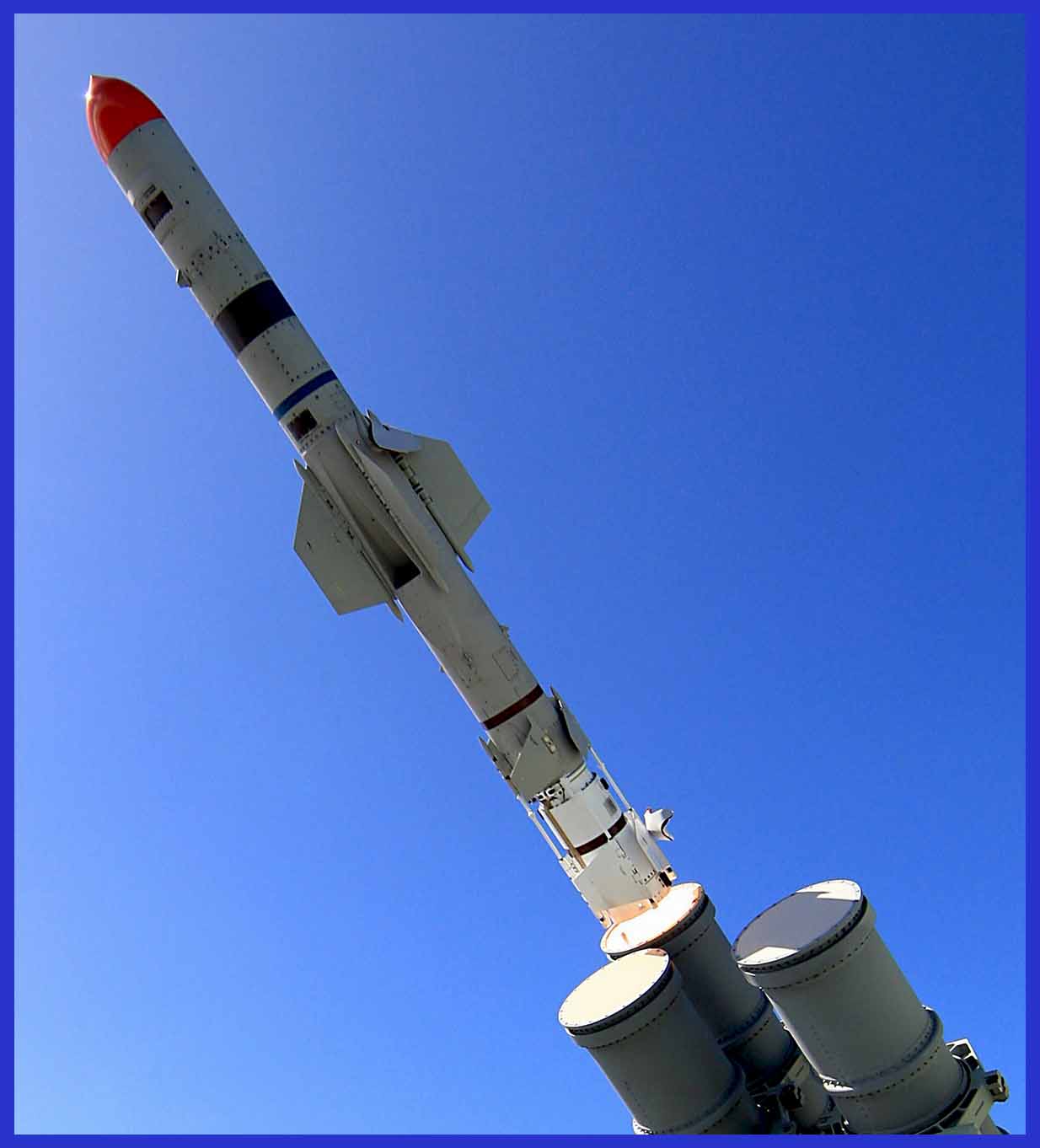
This version is also referred to as the Harpoon Block II+ ER. Boeing asserts that the Block II+ ER surpasses the Naval Strike Missile in performance due to its enhanced turbojet, providing it with greater range and an active radar-homing seeker for all-weather operations. It also features a lighter yet ‘more lethal’ warhead. Successful test shots in 2017 validated these claims. In May 2017, Boeing announced its decision to withdraw the upgraded Harpoon from consideration for the frigate’s over-the-horizon missile requirement, but the company expressed its commitment to continued development.
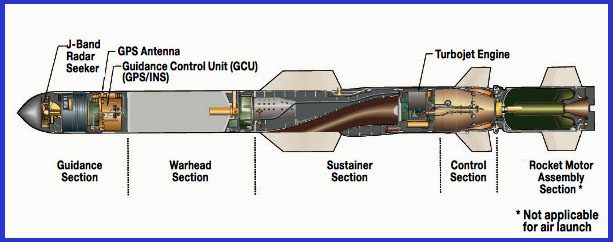
The Technical Specifications of the Harpoon Anti-Ship Missile
- System Elements: Missile: Common to all launch platforms. Booster: Utilized for surface, sub, and land-based applications. Launch Support Structure and Canisters: Command and Launch System, which offers engagement planning and launch control.
- Weight: 526 kg ( 1,160 lb ) Air launched configuration and 680 kg (1,500 lb ) including booster of Ship/Sub Configuration
- Length: 12.6 ft ( 3.8 m ) Air launched and 15 ft ( 4.6 m ) Ship/Sub Configuration
- Diameter: 13.5 in ( 34 cm )
- Wingspan: 3 ft ( 0.91 m )
- Warhead: 221 kg ( 487 lb ), Penetration, high-explosive blast
- Detonation: Impact fuze
- Engine: Teledyne CAE J402 Air-breathing turbojet engine / +solid propellant booster for surface, coastal and submarine launch variants
- Propellant: Jet fuel
- Range: 139 km ( 75 nautical miles ) for ship-launched Harpoon Block I & Block IC, 124 km+ ( 67 nautical miles ) for ship-launched Harpoon Block II, and 220 km ( 120 nautical miles ) for air-launched Block IC ( the range of the latest variants is classified so far ).
- Speed: Estimated at a subsonic speed exceeding Mach 0.71 ( approximately 864 km/h ).
- Minimum Flight altitude: Sea-skimming ( approximately between 6 meters to 10 meters )
- Guidance: Sea-skimming cruise employs radar altimeter monitoring with active radar terminal homing, utilizing active radar for terminal guidance and GPS-aided inertial navigation for midcourse guidance.
- Launch Platform: AGM-84: air-launched / RGM-84: surface ship/TEL-launched / UGM-84: submarine-launched
Furthermore, in addition to this article, seize the exclusive opportunity to acquire an exquisite large-scale 1/100 premium die-cast model of the formidable McDonnell F-4 Phantom II. These remarkable military fighter aircraft are available now on AirModels, embodying unparalleled craftsmanship and attention to detail. Don’t hesitate to secure these exceptional models before the limited stock runs out.
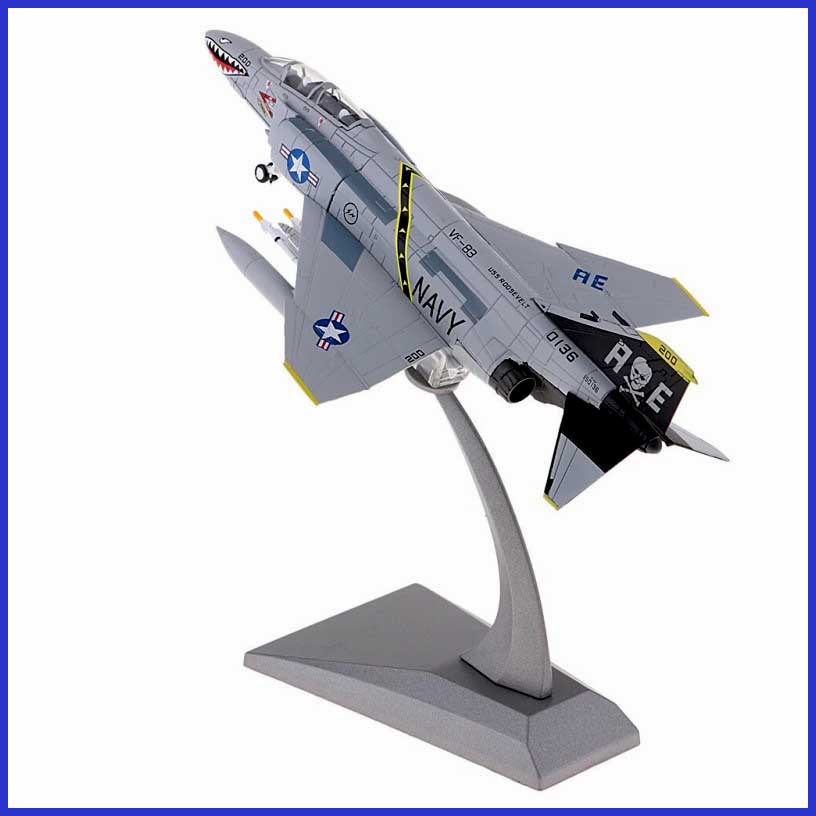
In conclusion, the Harpoon Anti-Ship Missile stands as a testament to decades of successful development and operational history. Since its inception in the late 1970s, it has evolved into a versatile and lethal naval weapon system, finding its place on surface ships, submarines, and coastal defence batteries worldwide. Its operational history spans major conflicts like the Falklands War and the Gulf War, showcasing its effectiveness in real-world combat scenarios.
The Harpoon’s ability to adapt to changing threats, its extended range variants, and continuous technological upgrades underline its enduring relevance in modern naval warfare. As naval forces continue to rely on this precision-guided missile to safeguard territorial waters, protect maritime interests, and project power, the Harpoon remains a pivotal asset for ensuring maritime security and deterrence.
Its legacy of successful engagements and its widespread adoption by navies around the world demonstrate the Harpoon’s crucial role in shaping naval strategies and safeguarding the seas. In an ever-evolving maritime landscape, the Harpoon Anti-Ship Missile continues to be a formidable force, contributing to global peace and security on the high seas.
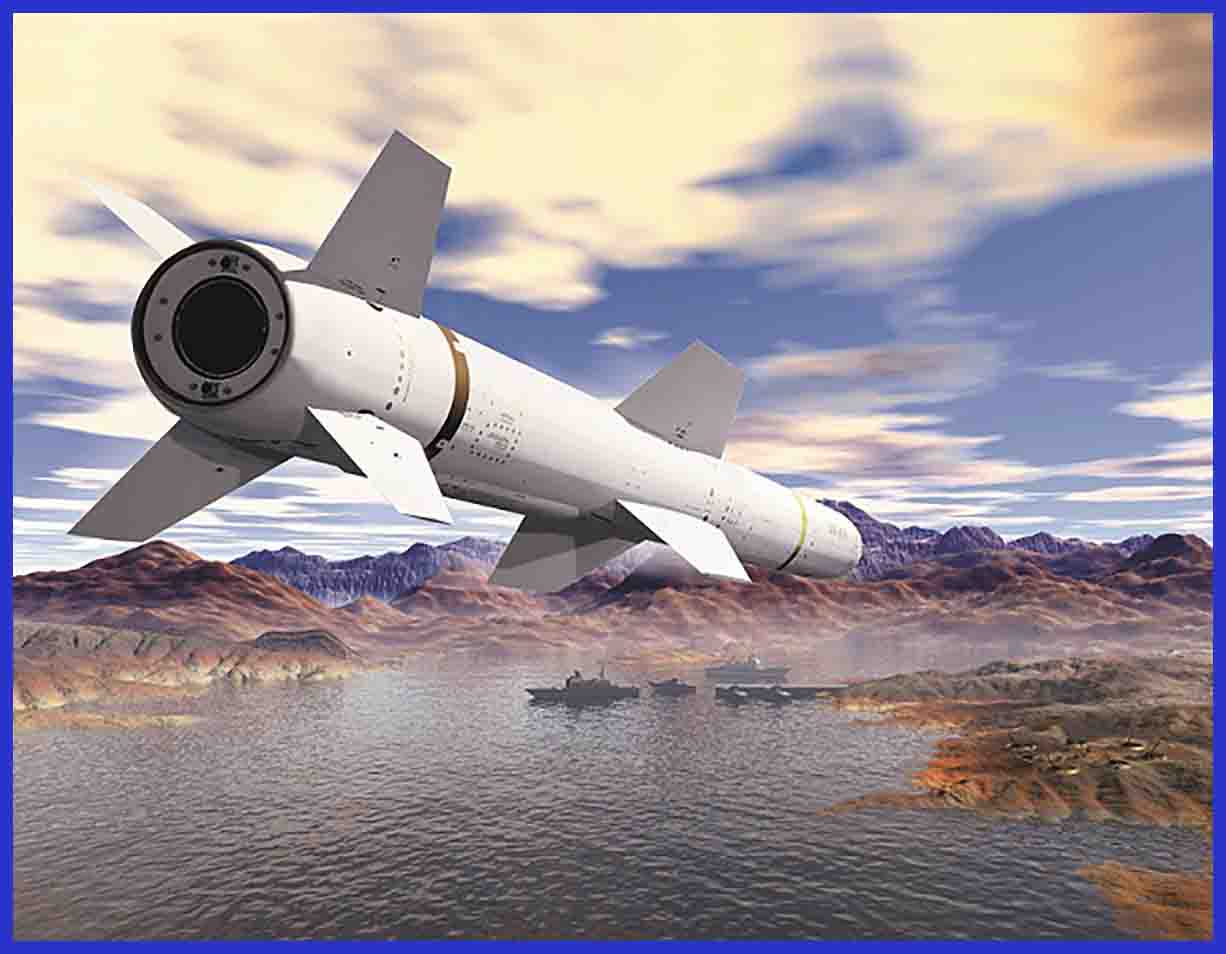
Important Announcement for Our Valued Readers!
After an article is published, it is possible that updates or changes may have occurred beyond the time of publication. Therefore, it is important to be aware that certain information in the article might be outdated. To ensure the most accurate analysis, it is highly recommended to verify the content with the latest sources available.
However, we are dedicated to delivering outstanding articles on military products and global updates. Maintaining quality and smooth operation requires resources. Your support sustains our efforts in providing insightful content. By purchasing high-quality products through our affiliated links, you help us keep our platform alive and acquire top-notch items. Your unwavering support is invaluable and inspires us to strive further.
We welcome your suggestions and requests for more information, as we value feedback from our readers. If there’s specific defence material or equipment not covered on our site, please share your request in the comments. We’ll strive to research and provide the required information. We sincerely thank you for your unwavering interest in our website, and we eagerly anticipate hearing from you! Enjoy your reading experience!
